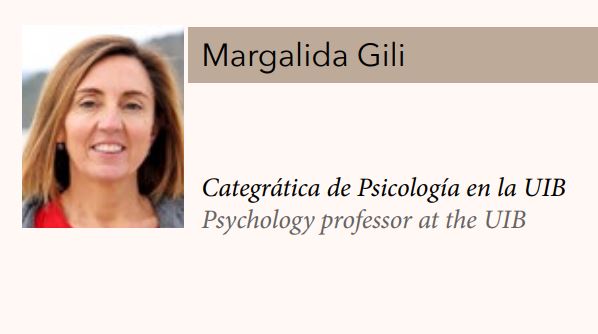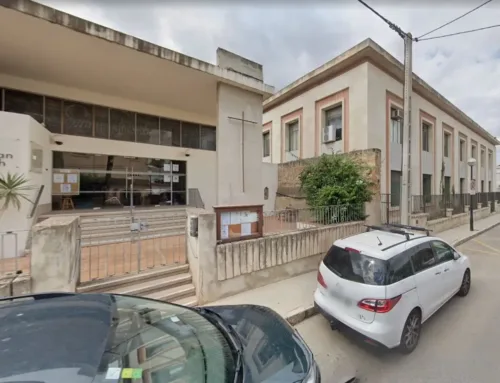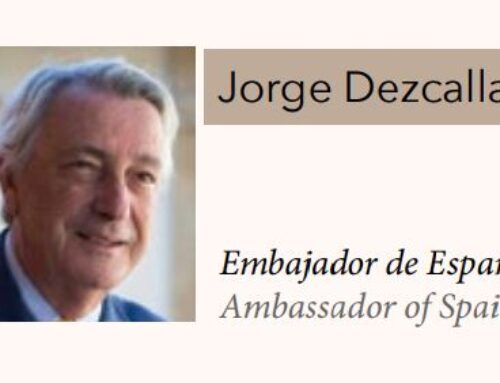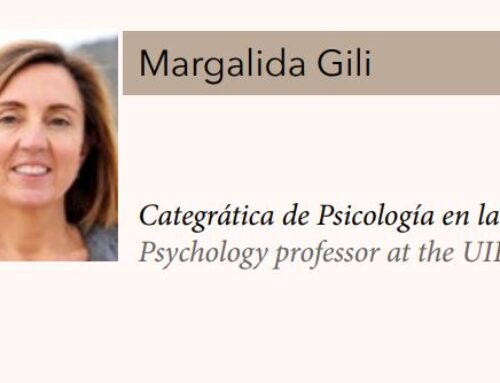
A recent report by the World Health Organisation states that youth violence is a global public health problem. It includes acts ranging from fighting to homicide to sexual and physical assaults of varying severity. However, despite the WHO’s strong assertion, youth violence is neither new nor widespread. All societies throughout the ages have been concerned and worried about the cruel and violent behaviour of some young people. And probably all have had the feeling that it was greater than in previous times. Nor should we forget that the figures for Spain reveal a low incidence of this phenomenon when compared with other countries in the world.
Every time a minor commits a criminal act, the Penal Code and the Law on Minors are questioned in the heat of the moment. After the pandemic, as was the case with the economic crisis, public opinion, influenced by the media and social networks, argues that this violence is on the rise. This generates a marked social alarm that reinforces the idea of a violent youth, focused on drug use, unconcerned about their future and unwilling to take responsibility. This reinforces the belief that violence among young people is increasing and that it is a consequence of the loneliness generated by confinement, lack of opportunities, family breakdown, access to drugs or dependence on technology.
Is this perception accurate? Rigorous studies on juvenile delinquency in Spain make it clear that these acts are residual and that there has always been a minority of violent, intransigent young people, some of them radical, but also a majority of committed, supportive and tolerant young people. If we analyse the data from official organisms such as the Ministry of Justice, the National Institute of Statistics or the Juvenile Prosecutor’s Office, there is no such increase in violence. The number of convictions of minors in 2022 is at the same levels as in 2018 and 2019 and at lower levels than in 2013 and 2014, with the exception of sexual assaults, which have increased in the last five years.
Why does this distorted perception occur? It is probably due to greater media coverage and perhaps greater brutality. There have always been fights, quarrels, threats and assaults. Today, however, they are recorded, disseminated and viralised. This exposure to hate speech on social networks together with a low tolerance of frustration and a probable entertainment and fun as a need to assert and demonstrate their strength in a period such as adolescence can be confusing and lead us to think that youth violence is more widespread than it actually is. The immediacy of current events should not obscure the objectivity of the facts.








Leave A Comment